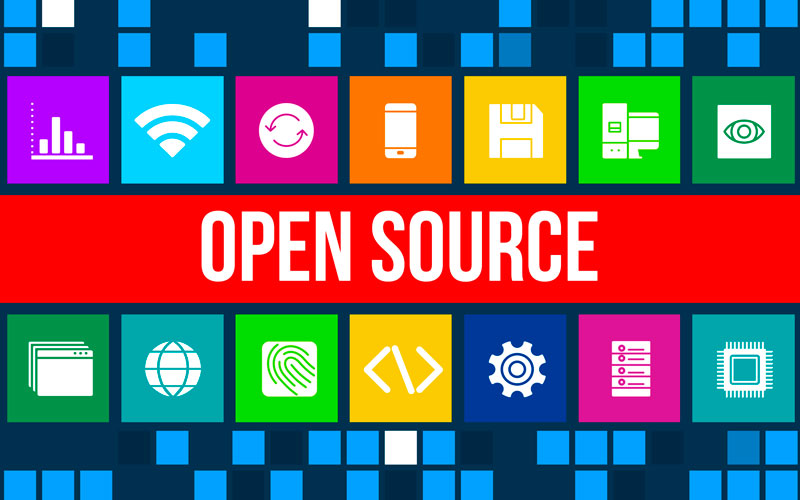Chef Automate . The latest updates to this platform include the automation of regulatory and security requirements and improvements in application automation through integration with Habitat.
Kubernetes . The latest version of this software improves scalability and automation, supports 5,000 cluster nodes, and has up-to-date dynamic storage provisioning capabilities.
Puppet . The downloads and implementations of the Puppet deployments are now simpler thanks to the new release. In addition, it incorporates Lumogon, an open solution that allows better visibility of container deployments.
Red Hat Hyper-Converged Infrastructure . It combines Red Hat Virtualization, Gluster storage, the Red Hat scalable file system, Red Hat Enterprise Linux and Ansible and the company’s IT automation platform. Its aim is to simplify the infrastructures of data centers.
UDS Enterprise 2.1 . The new release of this VDI connection broker incorporates, among other things, a support for the connection protocols Teradici PCoIP and X2Go, new features for session virtualization for applications with RDS, and Citrix XenServer 7, Nutanix Acropolis 5.1, OpenNebula 5, OpenStack Ocata; OVirt 4.1 and VMware vSphere 6.5.
To see the top 10 Open Source products of 2017 under the CRN publication, check this article.








0 Comments